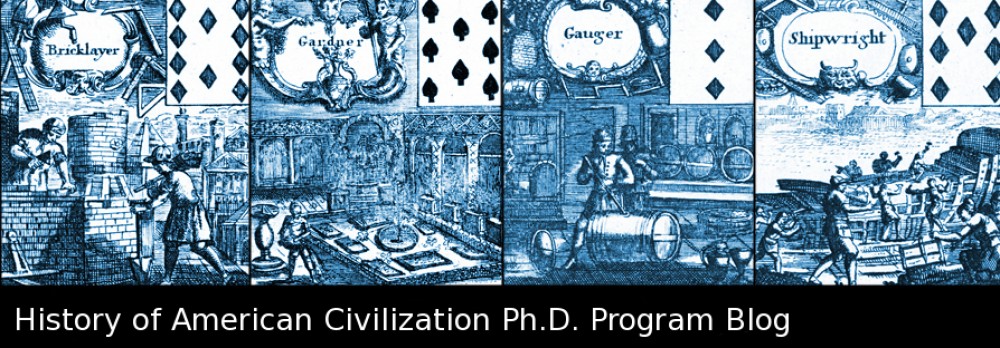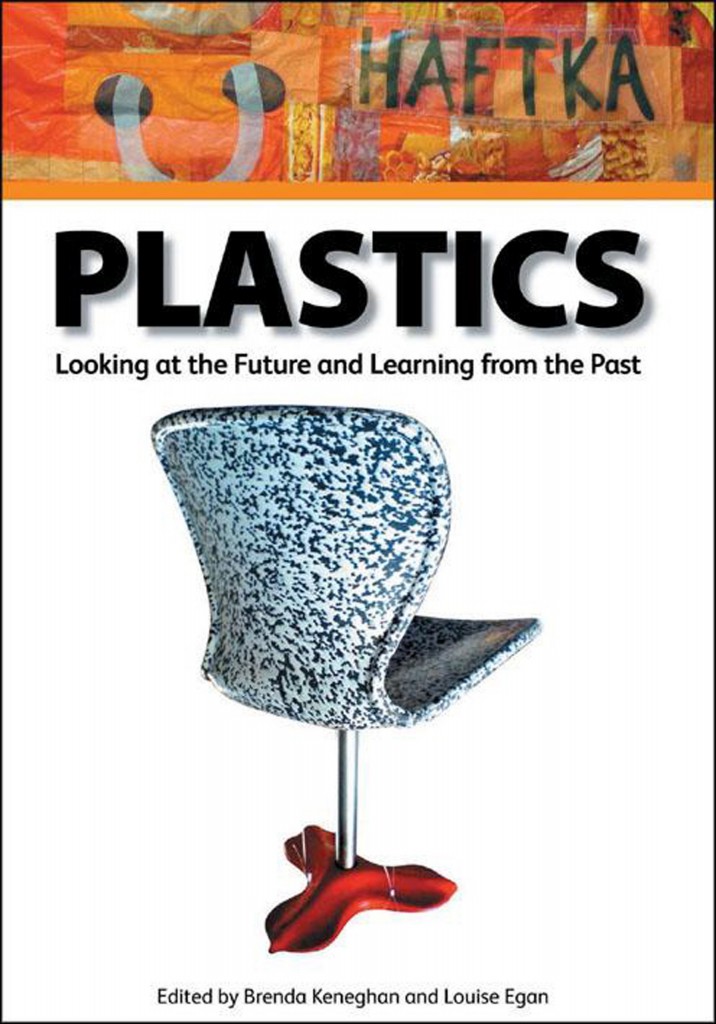We are pleased to announce the schedule for Very Bad Things: Material Culture and Disobedience. This free Material Culture Symposium for Emerging Scholars will be held on Saturday, April 11, 2015, at the Winterthur Museum.
To register, please email emerging.scholars@gmail.com.
 Very Bad Things: Material Culture and Disobedience
Very Bad Things: Material Culture and Disobedience
8:15 – Registration
8:45 – Welcome Remarks
9:00 – Session 1: Beneath the Surface
“Flying from What? Why, a Bit of Painted Wood”: A Cross-Disciplinary Analysis of Dummy Boards and Deception in Eighteenth-Century Philadelphia
Katie McKinney and Emily Wroczynski, Winterthur Program in American Material Culture and Winterthur Program in Art Conservation, University of Delaware
Under Pressure: The Material and Political Resistance of Mezzotints
Amy Torbert, Ph.D. Candidate, Department of Art History, University of Delaware
A Silver Brand: Slave Brands and Branding in the Early Modern Atlantic World
Erin Holmes, Ph.D Candidate, Department of History, University of South Carolina
Commentator: Catherine Dann Roeber, Development Officer, Major Gifts, Winterthur Museum, Garden, and Library
10:30 – Coffee Break
11:00 – Keynote Address
Auntie Steward
Speaker: Scott Herring, Associate Professor of English, Indiana University
12:00 – Lunch Break
1:00 – Session 2: The Inside Out/The Outside In
“It’s a Lone Thing – and I’m a Lone Thing”: Bad Currency and the Miser’s Economy in Silas Marner
Meg Dobbins, Ph.D. Candidate, English, Women, Gender, and Sexuality Studies, Washington University in St. Louis
Picturing the Black Home: The Visual and Material Culture of Nineteenth-Century African American Activism
Whitney Stewart, Ph.D. Candidate, Department of History, Rice University
A “Blight” and a “Nuisance”: Billboards, Spectaculars, and Outdoor Advertising in American Cities, 1900-1920
Craig Lee, Ph.D. Candidate, Department of Art History, University of Delaware
Commentator: Katherine Fama, NEH Research Fellow, Winterthur Museum, Garden, and Library
2:30 – Break
2:45 – Session 3: The Deviant Body
Overcoming a Sensational Icon: Ku Klux Klan Robes as Historical Evidence
Katherine Lennard, Ph.D. Candidate, Department of American Culture, University of Michigan
Dangerously Empowered by Iron: Basement Gyms and Excitement about Bodybuilding in the late USSR
Alexey Golubev, Ph.D. Candidate, Department of History, University of British Columbia
The Romanticization of Resistance: The Contradictions and Failures of the Zapatista Doll
Erin Sexton, American Studies Department, George Washington University
Grave Goods: The Disquieting Contents of Singaporean Burial Plots
Ruth E. Toulson, Andrew Mellon Postdoctoral Fellow in the Humanities, Penn Humanities Forum/Department of Religious Studies, University of Pennsylvania
Commentator: Sandy Isenstadt, Professor, Department of Art History, University of Delaware
4:30 – Tours of Winterthur
To register, please email emerging.scholars@gmail.com.




